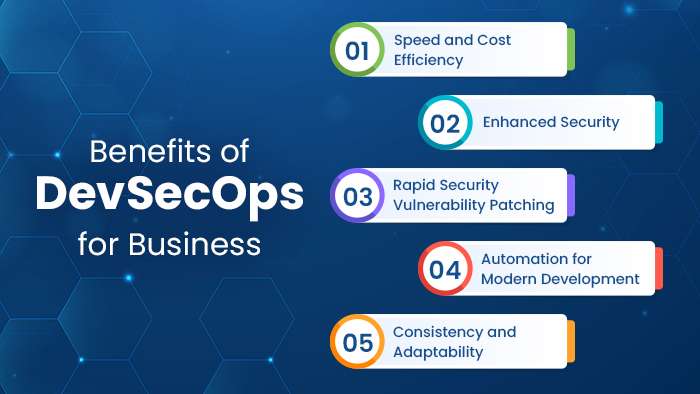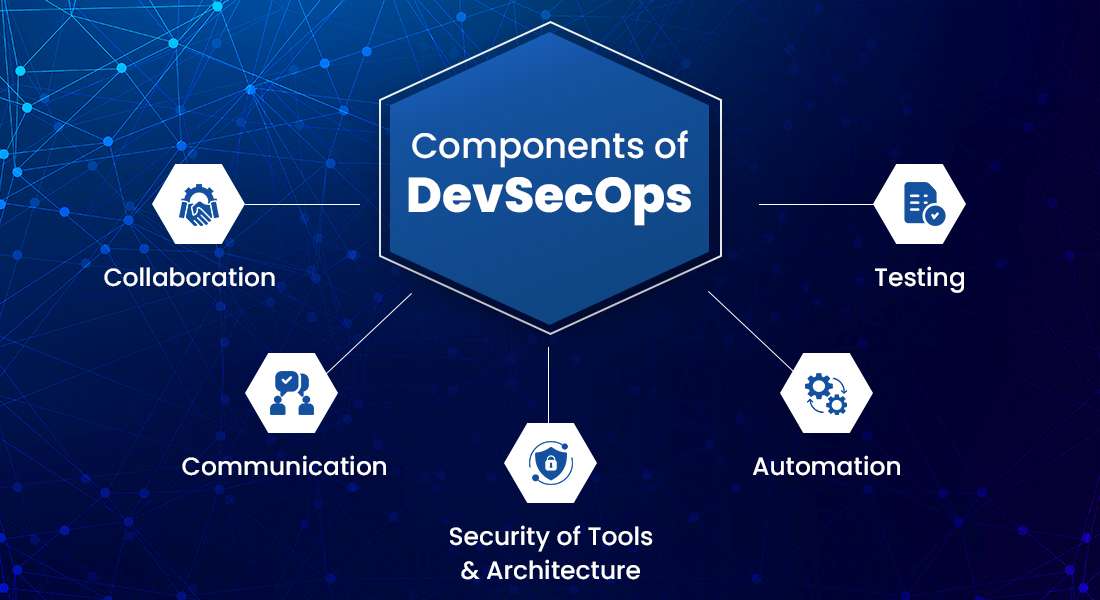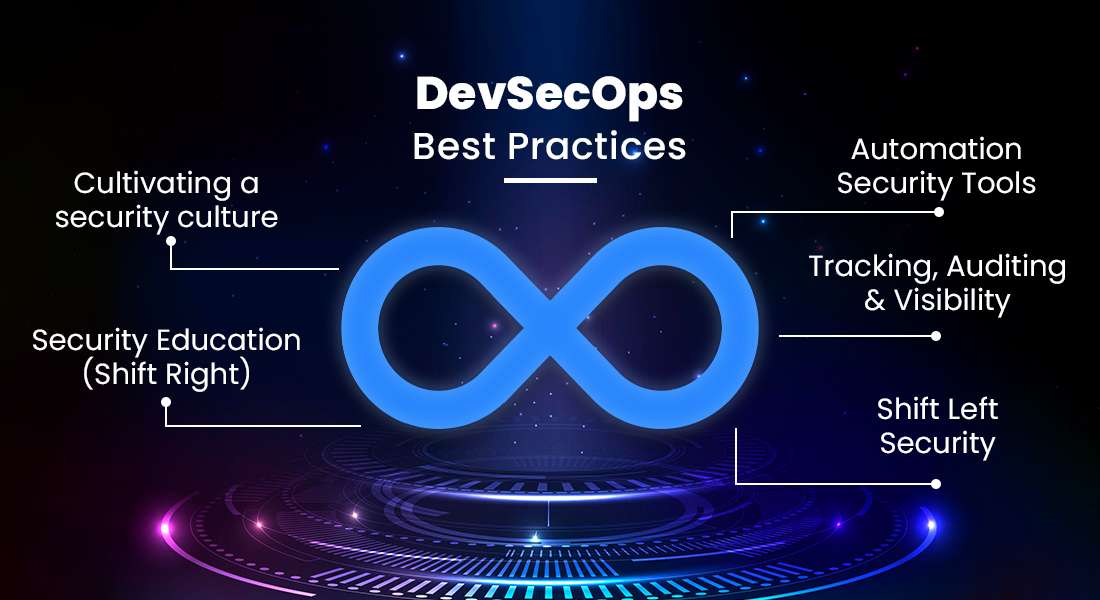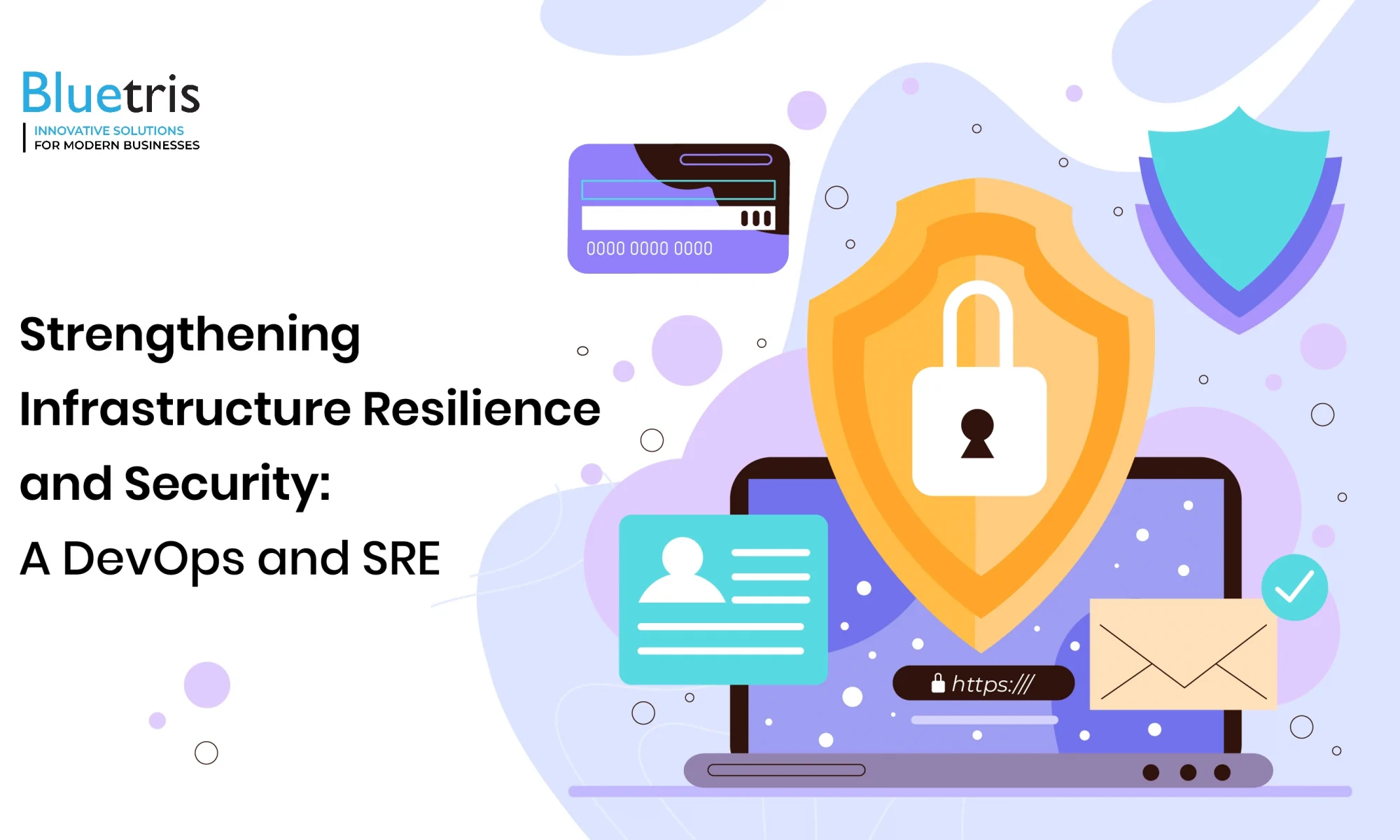Every business owner has a unique set of needs and requirements that allow them to perform well in the market during an efficient and critical period. One poor decision can have serious consequences for the functionality and features of your business app, particularly in the long run. And, given the fierce competition in the market, nobody wants to fall behind. C# and Java are two technologies with distinct features and functionalities, making them an excellent choice for their respective use cases.
What is Java?
Java is a well-known programming language created in 1995 by James Gosling for Sun Microsystems; it has since become one of the most widely used languages on the planet. It adopts the “Write Once, Run Anywhere” philosophy, resulting in an independent language platform. Java is a versatile and widely used programming language distinguished by its object-oriented structure. It is widely used in a variety of applications, including web development, mobile app development, and enterprise systems.
What is C#?
C#, also known as C-Sharp, is a high-level, type-safe, object-oriented programming language developed by Anders Hejlsberg for Microsoft in 1999. It was initially known as “Cool” and was unveiled to the public at the.NET developers conference in 2000. Within a short time, the name was changed to C# so that it could be run on the Microsoft.NET framework. It is a programming language with an object-oriented, component-oriented, lexically scoped generic, and strongly typed structure.
Features of Java
- The Java language was designed to be simple to write, compile, and debug.
- Java uses an object-oriented approach to develop modular programs and code that can be reused.
- The Java programming language is platform-independent, so it can be used on almost any operating system.
- The language is very stable, and so are the programs written in it.
- Java has a large developer community that is ready to help you at any time.
- The Java programming language avoids using explicit pointers, which reduces security risks.
- The distributed approach of the Java programming language allows it to provide mechanisms for sharing data and programs across multiple computers, thereby increasing application performance.
- It also allows for the simultaneous execution of multiple threads, which increases CPU utilization.
- The Java language makes use of a just-in-time compiler to perform high-performance coding.
- Java is widely distributed because it allows programs to run across multiple computer networks.
Features of C#
- C# supports extensive memory management. It also has a garbage collector that runs automatically.
- The C# programming language does not require explicit code.
- According to current trends, the C# programming language uses a powerful, robust, and scalable approach.
- C# is safe to use because the compiler automatically sets the reference types to null and the value types to zero.
- It uses OOP concepts such as inheritance, abstraction, polymorphism, and encapsulation.
- The C# programming language makes use of VB.NET components.
- The C# language is statistically typed, making it easier to understand and debug, saving both of your teams a lot of time.
- It provides native support for both window-based and COM-supported applications.
- It is quick and simple to learn, and it allows for rapid application development.
C# VS Java: Detailed Comparison
C# is tightly integrated with the Microsoft ecosystem, and it includes features like properties and operator overloading, as well as a design that prioritizes simplicity and productivity, particularly within the.NET framework. Java, on the other hand, is well-known for its cross-platform portability thanks to the Java Virtual Machine. It emphasizes robustness, security, and cross-platform capabilities by making extensive use of enterprise environments. Here’s a detailed comparison of C# and Java to help us understand the differences between the two.
Performance
C# applications use the CLR, which is optimized for performance, particularly in Windows environments. With the introduction of.NET Core and its evolution into.NET 5+, C# has become more competitive in terms of platform performance, providing significant speed improvements and reduced memory usage.
Java apps, on the other hand, run on the JVM, which is known for providing consistent performance across multiple platforms through efficient JIT compilation and garbage collection. Every new Java language version improves performance, allowing Java applications to run faster and more effectively. While Java has historically been slower than C++ or C#, ongoing enhancements to the JVM have significantly reduced the gap.
Popularity
When comparing C# vs Java both languages are equally popular. According to the TIOBE Index 2024 C# ranks in the 5th position with 6.65% ratings and Java ranks in the 4th position with 8.4% ratings.
According to the latest data available on Google Trends, Java is the most popular language then C#.
Syntax
Java and C# both use C-style syntax, making transitions relatively simple. They have different naming conventions and library classifications. C# supports properties and events for data encapsulation and event-driven programming, LINQ for data manipulation, and async/await for asynchronous programming. It also includes advanced functionality such as delegates, events, and lambda expressions.
Java, which focuses on object-oriented programming, has included lambdas and streams for functional programming since Java 8, as well as JavaFX for modern GUIs. It includes powerful concurrency utilities required for multi-threaded applications. Although Java lacks some of C#’s syntactic sugar, its simplicity and consistency make it a dependable tool for developers.
Libraries and Frameworks
C# has a large number of libraries in the.NET framework and.NET Core, including ASP.NET for web applications and the Entity Framework for ORM. Unity and MonoGame are popular game development tools among C# developers. The extensive ecosystem of libraries and tools provided by Microsoft and the open-source community broadens C#’s appeal for a variety of applications.
Java, on the other hand, provides a comprehensive standard library that includes a wide range of utilities and functionality. Popular frameworks like Spring and Hibernate are widely used in enterprise application development, providing reliable tools for creating scalable and maintainable software. JavaServer Faces (JSF) and JavaFX are used for web and GUI applications, while the Android Development Kit (ADK) is essential for mobile development. Android is mature and diverse ecosystem makes it a viable option for many projects.
Web Development
C Sharp vs Java are excellent choices for creating high-performance business applications. However, which one is best for web development depends on the type of application you want to build. C# is the preferred language for developing gaming applications, but it can also be used to create Windows applications, cloud-based applications, enterprise software, and other projects. Many companies, including Microsoft, Alibaba, StackOverflow, and Intuit, use C# for web development in their business applications.
The Java programming language is more adaptable than C#. Java-based applications are typically deployed on Android, in data centers, or the cloud. Renowned companies such as Google, Netflix, Airbnb, Instagram, and Amazon use Java to develop web applications.
Community and Support
Being in the market for so long allows C# vs Java to have extensive community support; on the one hand, C# has strong support from Microsoft, which provides comprehensive documentation and tooling. Along with a robust environment, Visual Studio. The C# community is active and growing, especially with the open-source nature of the.NET Core, which has resulted in significant contributions from the global development community.
On the other hand, Java has one of the world’s largest and most vibrant programming communities, complete with extensive resources and third-party libraries and frameworks. Java is supported by Oracle and other organisations, and it benefits from a vast body of knowledge as well as an extensive ecosystem of tools and libraries. The active community and long history of Java ensure that developers can easily find support and solutions to almost any common problem they face.
Platform Independence
C# was previously tightly coupled with Windows, but the introduction of.NET Core (now.NET 5+) changed that, making C# a cross-platform language. Your development teams can now create Windows, macOS, and Linux apps. Furthermore, the Xamarin component enables C# development on mobile platforms such as iOS and Android, increasing its versatility.
Java was designed with platform independence at its core. The JVM enables your Java applications to run on any operating system with a compatible JVM, thereby fulfilling the “write once, run anywhere” principle. Because of its Android SDK, Java is also the primary language for Android app development, making it a major player in the mobile development space.
Security
Java is well-known for its security, thanks to statistical typesetting, which helps reduce type-related errors. Java’s automatic code verification ensures that the code is correct before execution. In addition, Java is limited in its ability to integrate libraries and applications.
In contrast, the C Sharp programming language is vulnerable to a wide range of threats and attacks, particularly SQL and CMD injections. C#’s security flaws can be traced back to a few functions. However, this does not imply that it ignores your application’s security concerns; it does have some security features, but it falls short in this area.
Versatility
Versatility is a factor that primarily affects developers rather than business owners. It assists developers in selecting their preferred programming languages, comparing Java to C#, and determining their applicability across various domains. Java’s platform independence and robust ecosystem make it extremely versatile, powering web applications, scientific software, Android applications, data centers, and cloud solutions.
In contrast, C# excels in the Microsoft ecosystem, making it ideal for Windows apps, enterprise software, and Unity game development. While Java excels at cross-platform applications, C# offers productivity benefits and seamless integration with Microsoft tools. It is ideal for Windows-centric projects and specific domains such as gaming and enterprise solutions.
Microservices
Microservices architecture is a methodology for developing a compartmentalized approach to breaking down a simple application into multiple parts, each responsible for performing its own set of functions in Java and C#.
Within the realm of microservices, Java provides the most reliable services. Java can help create complex applications by providing extensive value and readability, making it a viable option. Furthermore, the Java compiler contributes to the generation of bytecodes that are independent of computer architects.
In contrast, C-Sharp has Visual Studio and Mono Develop to support microservices. The C# models are more extensible and have lightweight applications, making them an excellent choice, but they fall short in terms of reliability.
Speed of Development
In terms of development speed, the key difference between C# and Java programming languages is the specific set of tools and frameworks that help boost productivity. Both have specific strengths and weaknesses. C# has extensive integration with Visual Studio, which is known for its IntelliSense, debugging capabilities, and user-friendly interface. This enables faster development cycles, specifically for Windows and Azure applications.
In contrast, Java is cross-platform efficient. Its extensive ecosystem of libraries and frameworks, combined with widely supported IDEs like IntelliJ IDEA and Eclipse, enables faster development across a wide range of environments. Though both languages provide efficient development workflows, C# delivers cutting-edge environments that are heavily integrated with Microsoft technologies. In contrast, Java has an advantage in developing cross-platform and enterprise-grade applications.
Java Vs C#: When to use What?
C# and Java are object-oriented programming languages with large libraries and numerous applications. Both C# and Java have their own set of use cases, making them viable options for your business’s specific needs and requirements.
When to use C#
- Web Application Development: Regardless of the platform, you should ideally use the C# programming language to create dynamic websites and web apps on the.NET platform or other open-source platforms.
- Game Development: The C-Sharp programming language is ideal for creating fan-favorite games. The Unity Engine, which has over 1.5 million active users worldwide, is also developed in C++ and C#.
- Windows Application Development: C# has garbage collection capabilities and extensive community support, making it an excellent choice for development.
- Database Applications: The C# programming language supports the use of ADO.NET or Entity frameworks to develop applications that can connect to a variety of database systems, including Microsoft SQL Server, Oracle, and MySQL.
- Cross-Platform Applications: C# supports cross-platform applications through frameworks like Xamarin and.NET MAUI. These apps support Android, iOS, and Windows devices.
When to use Java
- Windows-Based Applications: It enables you to create desktop applications with Windows Forms, WPF, and UWP. Also, Windows Services are used for long-running background tasks.
- Web applications: It includes the ASP.NET framework for developing dynamic applications and services, as well as the ASP.NET Core.
- Cloud Computing: Java adheres to the WORA (Write Once, Run Anywhere) concept, making it ideal for decentralized cloud-based applications.
- Big Data: Java is frequently used in data processing engines that handle large amounts of real-time data.
- Internet of Things: Java is also used to program sensors and edge hardware devices that can connect to the Internet on their own.
- Artificial Intelligence: Java contains numerous machine learning libraries, and its stability and speed make it ideal for creating artificial intelligence applications such as natural language processing and deep learning.
Conclusion
This data suggests that making a final decision between C# and Java is difficult. Understanding the two to the core is critical to making the best decision, especially as C# gains popularity for developing web-based applications. On the other hand, Java is an excellent platform for developing and running mobile applications. However, the final decision is based on your specific business needs and requirements. You can also contact a leading software development company in the United States, such as Bluetris, to assist you in comparing Java vs C# for business application development in 2024.








